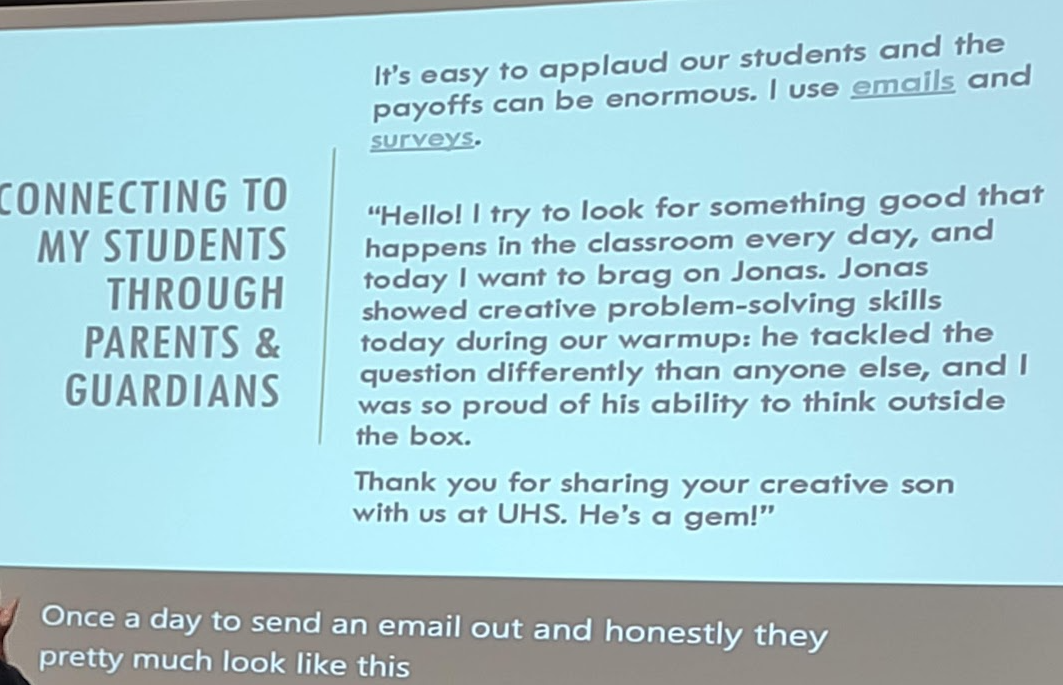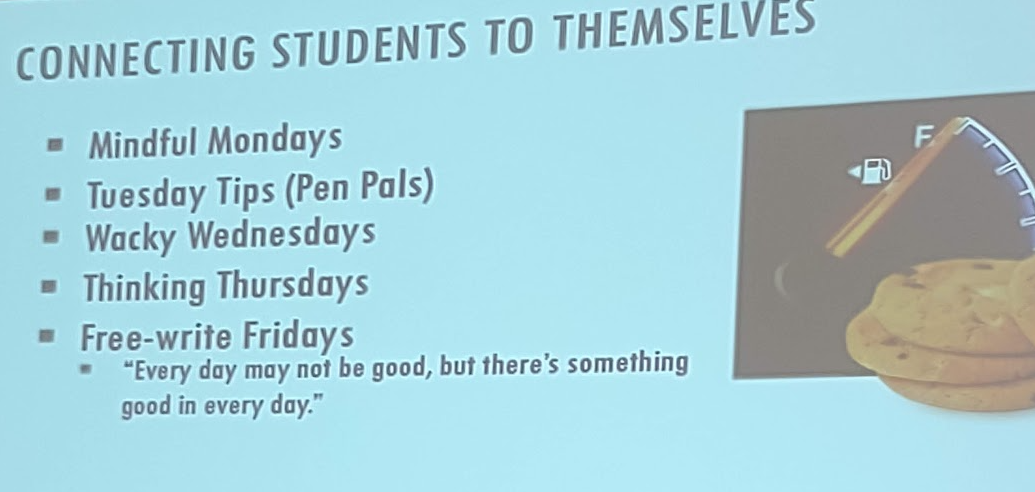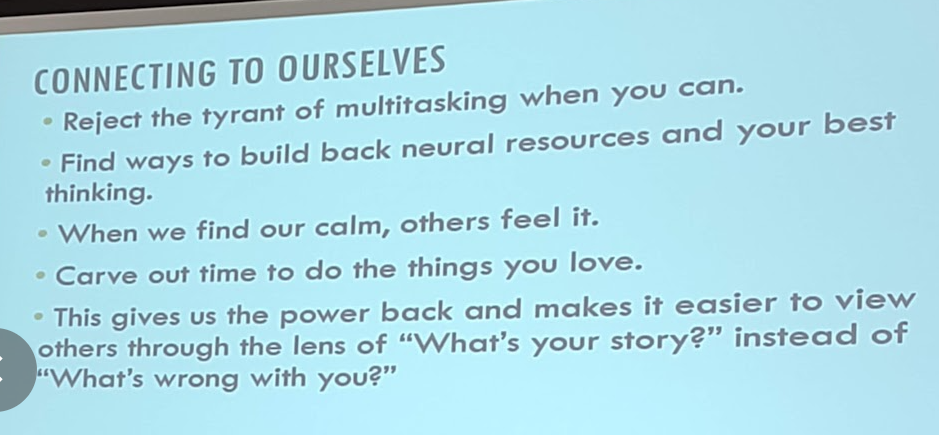 After a busy first day in DC and a fairly decent night of sleep, we woke up on Tuesday for another day of sightseeing, but what a day it ended up being!
After a busy first day in DC and a fairly decent night of sleep, we woke up on Tuesday for another day of sightseeing, but what a day it ended up being!
Knowing how much I love to read, Cindy suggested we check out the Library of Congress. Since I'm always happier when I'm surrounded by books, I quickly agreed and to be honest, this has to be one of the most beautiful buildings I've ever explored!
When we arrived, we found out that entrance was by ticket only, so Cindy quickly signed us up and we waited for about 15 minutes before getting in line.
Once we were inside, I was just awe-struck by how gorgeous it was.
While at the Library of Congress, we saw the Gutenberg Bible, walked through the Visitor Overlook over the Main Reading Room, and saw a few other exhibits, including Thomas Jefferson's personal library...
I thought this would be a pretty quick trip overall and we had plans to go to the National Air and Space Museum that afternoon, but our plans were definitely changed!
While we were in the Overlook, we noticed a sign that said "Anyone 16 and older can apply for a reader's card to use the Library's general collections here." Are you kidding me??? I can have a library card for the LIBRARY OF CONGRESS?!?!? Sign me up!!!
Once again, I was completed enthralled with the floors... I could do an entire geometry unit just on the floors of the Library of Congress!
Anyway, while I'm wandering around taking photos of the floors, we find some docents and ask them about obtaining a library card. It took a while to get clear(ish) directions, but finally we were off to the basement to get a library card!
After we got our cards, we were standing at the entrance to the Main Reading Room, wondering what we could do with our newfound treasure, so we asked the security guard where the Math books would be located. JUST as we asked him, one of the research librarians was walking by and stopped because she heard us mention "math". Turns out, she was a former HS Math Teacher and she asked us if we would like to see her research... Umm YES!
Y'all - we got a BEHIND THE SCENES tour of the Library of Congress! She took us to her office to show us some of her research, then took us down the stacks to see the LoC collection of math books!
*Pinch me now*
Eventually she took us to the floor of the Main Reading Room (again, having an urge to watch the National Treasure movies when I saw the doorway in the central desk!)
I was totally in book heaven.... I could have easily stayed there for days and it will be a memory I will forever treasure and definitely the highlight of my DC trip!





















